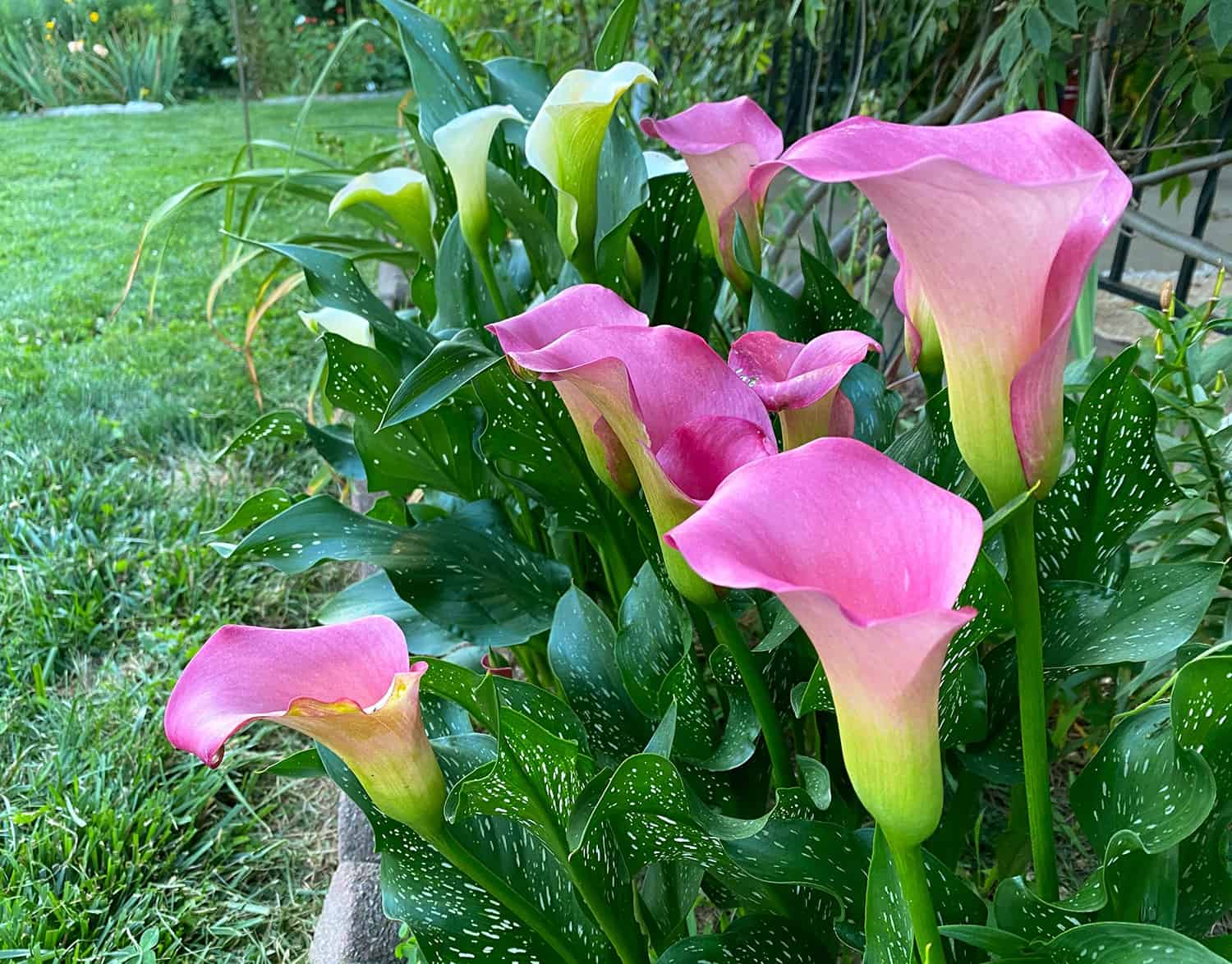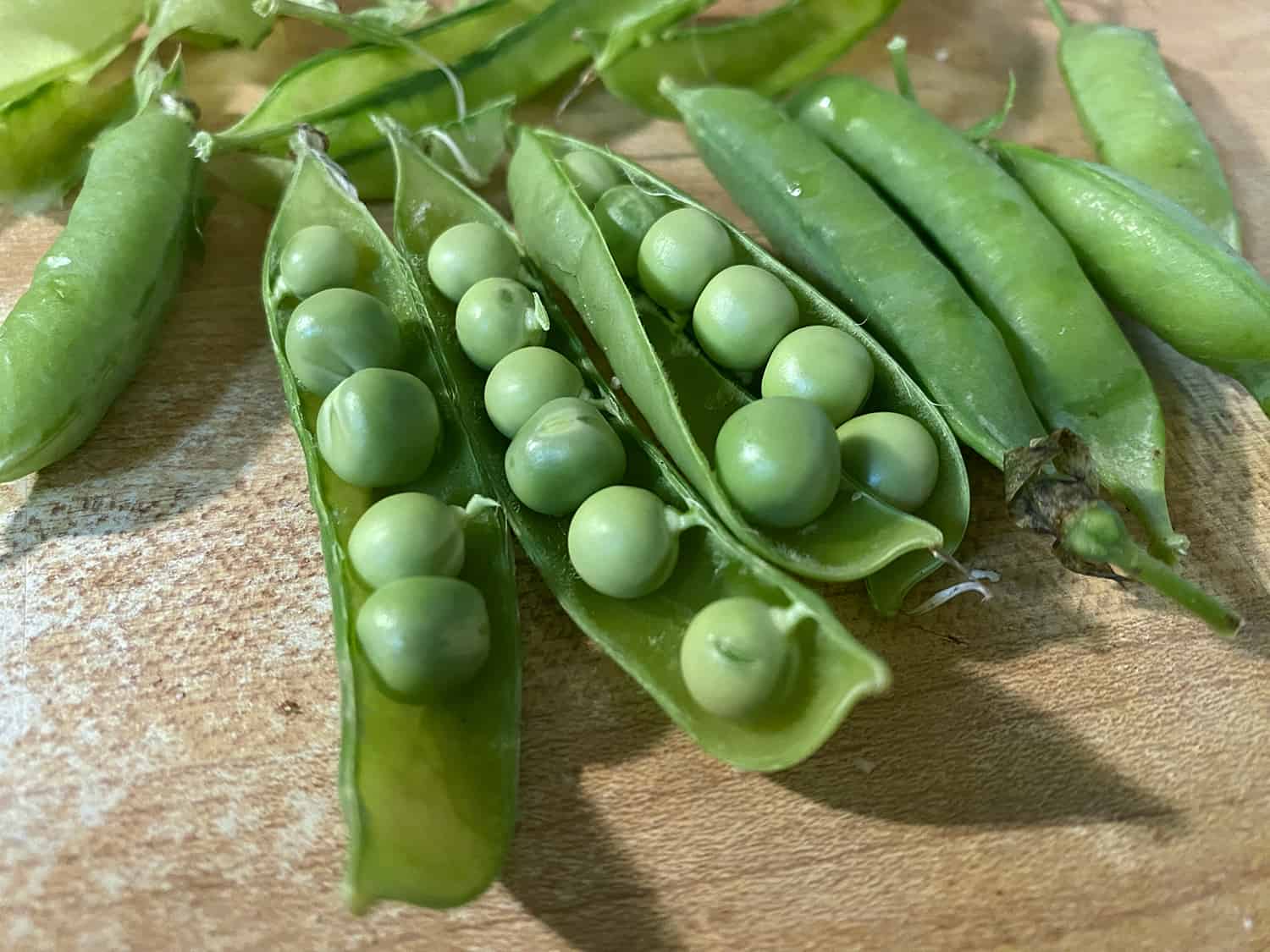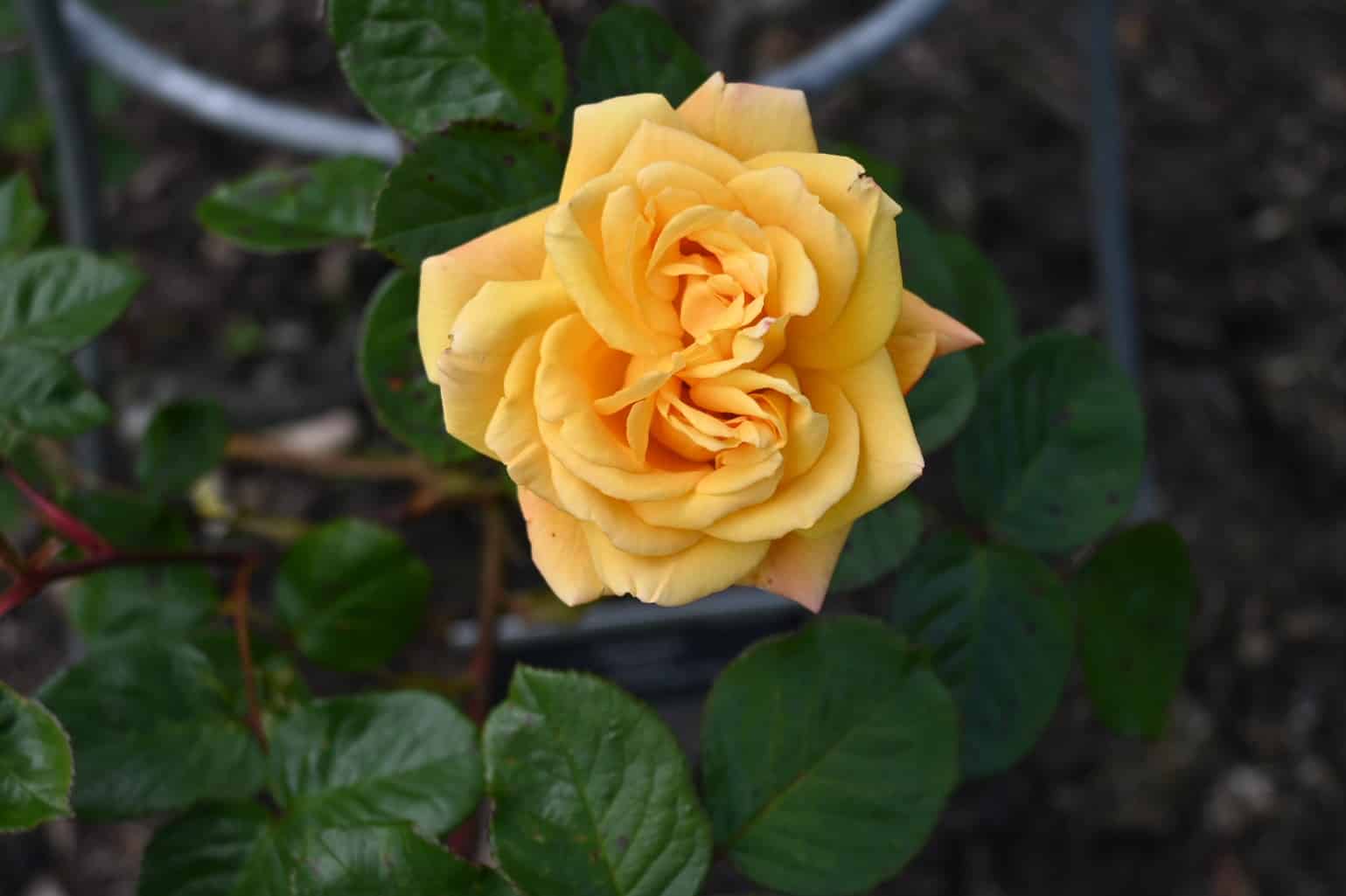
Busting the Fantasy * Big Weblog of Gardening
You should have heard that along with bone meal (bonemeal) when planting bulbs every fall will stimulate root development and assist huge flower blooms come spring. Sadly, it is a gardening delusion. At finest, along with bone meal does nothing for the plant and at worst might set off mandatory factors, relying in your soil.
In case you search the subject on-line, you’ll uncover tons of outcomes from fertilizer firms selling their merchandise. And weblog posts from gardeners amplifying the same claims on account of the fertilizer firms. The declare is that phosphorous, the primary ingredient in bone meal, stimulates root development and supercharges flower blooms. Nonetheless everytime you dig into the science, you’ll uncover that in most soils, bone meal is totally pointless. Most yard soils in North America have ample parts of phosphorous and calcium. What’s worse, an overabundance of soil phosphorous can truly hurt your crops.
We should always all the time on a regular basis phrase that there are pretty only a few evaluation which endorse the utilization of bone meal on farms. These evaluation sometimes take a look at express crops with express parts of bone meal or meat bone meal (MBM) added to farm soil. These evaluation don’t apply to the house yard, as gardeners develop crops beneath very fully fully completely different circumstances than farmers do. A farmer’s crops draw a larger share of dietary nutritional vitamins from the soil than a patch of hyacinths, roses, radishes or peppers in a house yard. What’s good for the farm will not be principally good for the house yard.
What’s bone meal fertilizer made out of?
On account of the decide suggests, bone meal is made out of crushed bones. It’s an pure fertilizer with excessive percentages of phosphorous and calcium. Phosphorous helps root development, flower blooms, and fully completely different plant capabilities and might be going one in all many 3 predominant dietary nutritional vitamins required for plant development, together with nitrogen and potassium (indicated as N-P-Okay percentages on fertilizer packaging).
All through the mid-Nineteenth century, farm soils had been turning into loads a lot much less productive. For only a few years, farm fields had been primarily fertilized with livestock manure, which is primarily nitrogen and potassium. On account of the crops used up the phosphorous all through the soil, not ample was modified, making the farm soils loads a lot much less fertile. It was steered by soil scientists on the time that grinding the bones of expired animals correct proper right into a “meal” after which along with it to the soil would enhance fertility, which it did (they really added meat bone meal, not the same on account of the bone meal in the marketplace in the interim for gardeners). When artificial phosphate fertilizer grew to develop into in the marketplace all through the 20th century, bone meal use declined.
Why use bone meal in your yard?
We’ll rephrase the headline: why add fertilizer to your pure yard? The reply is, and all the time will most likely be, to extend dietary nutritional vitamins which can be missing all through the soil. If a nutrient will not be lacking from the soil, then no further fertilizer will make a lick of distinction to the plant all through the rising season. And fertilizers cannot “supercharge” or “stimulate” development, they will solely assist it. The one reply to know with certainty what’s or isn’t missing is to get your yard soil examined by a lab.
If some fertilizer is sweet, further is best, right? No, exceeding concepts for fertilizers won’t be going to assist crops in the slightest degree. Options are made based mostly in your soil circumstances and would possibly present dietary nutritional vitamins in optimum ranges for plant use. Exceeding this quantity won’t be going to present advantages and may even finish in nutrient deficiencies on account of excesses of some dietary nutritional vitamins can result in poor uptake of others. Moreover, further dietary nutritional vitamins may be misplaced to the surroundings and degrade streams and rivers.
How bone meal can hurt crops.
Soluble phosphorous is the one form of phosphorous crops use. It takes years to selection as soil microbes break down fertilizers like bone meal and pure matter.
On their very private, crops have problem taking on soluble phosphorous all through the soil. To get what they want, they selection symbiotic relationships with mycorrhizal fungi, which you may examine further about correct proper right here. These fungi hook up with a plant’s roots and are very setting nice at extracting phosphorous from the soil. The fungi ship the soluble phosphorous to the plant by way of the roots, in commerce for sugars from the plant.
So in most soils in North America with a impartial or alkaline pH, in case you occur so as to add bone meal at planting time spherical a tulip bulb, it obtained’t assist the tulip very fairly a bit the next spring. The newly added phosphorous stays unavailable to the plant for years on account of it’s not nonetheless soluble.
Nonetheless, in case you’ve got acidic soil (low pH) and low phosphorous, the phosphorous in bone meal turns into rapidly soluble and is definitely in the marketplace to the plant (chemistry at work!). On account of the plant not wants the mycorrhizal fungi relationship, it stops connecting with them and the fungi die with out the plant sugars. Nonetheless with out the fungi, the plant has to commit further property to root development on the expense of varied plant capabilities.
When plant roots are in low phosphorus environments, they exude pure acids from their root ideas. These acids enable mycorrhizal fungi to penetrate the roots and type the networks that help plant roots in taking on water and dietary nutritional vitamins. Mycorrhizae are notably adept at extracting phosphorus from the soil.
If phosphorus ranges are too excessive, nonetheless, the roots don’t exude the pure acids and mycorrhizal connections don’t selection. This forces the plant to place further property into root development to compensate for the shortage of mycorrhizae.
So in a strategy, phosphorus will enhance root development – nonetheless at an added price to the plant. The property expended by the plant in rising further roots to take the place of mycorrhizae should not in the marketplace for numerous plant wants.
Along with bone meal won’t be going to develop higher roots and higher blooms.
The entire parts in fertilizer work in steadiness in crops – too little or an excessive amount of of 1 nutrient impacts each plant perform. As a consequence of this actuality, your crops can’t develop higher roots and blooms until you even have ample elements of nitrogen and potassium to assist extreme development and fully completely different capabilities. And if there’s further phosphorous all through the soil than the plant wants, the plant merely obtained’t use it. Moreover, phosphorous is never leached from the soil by native climate and barely strikes by way of it. So if there’s ample phosphorous in your yard soil in the interim, there’ll probably be ample years from now.
Sources: Some Yard Myths and What Analysis Has to Say, Oregon State College Extension Service; Is Bone Meal Good For The Yard?, Yard Myths; Ought to I Use Bone Meal When Planting My Spring Flowering Bulbs?, College Of New Hampshire; Fertilizing Flower Gardens and Keep away from Too Relatively loads Phosphorus, College of Massachusetts Amherst; Bone meal, Wikipedia.


